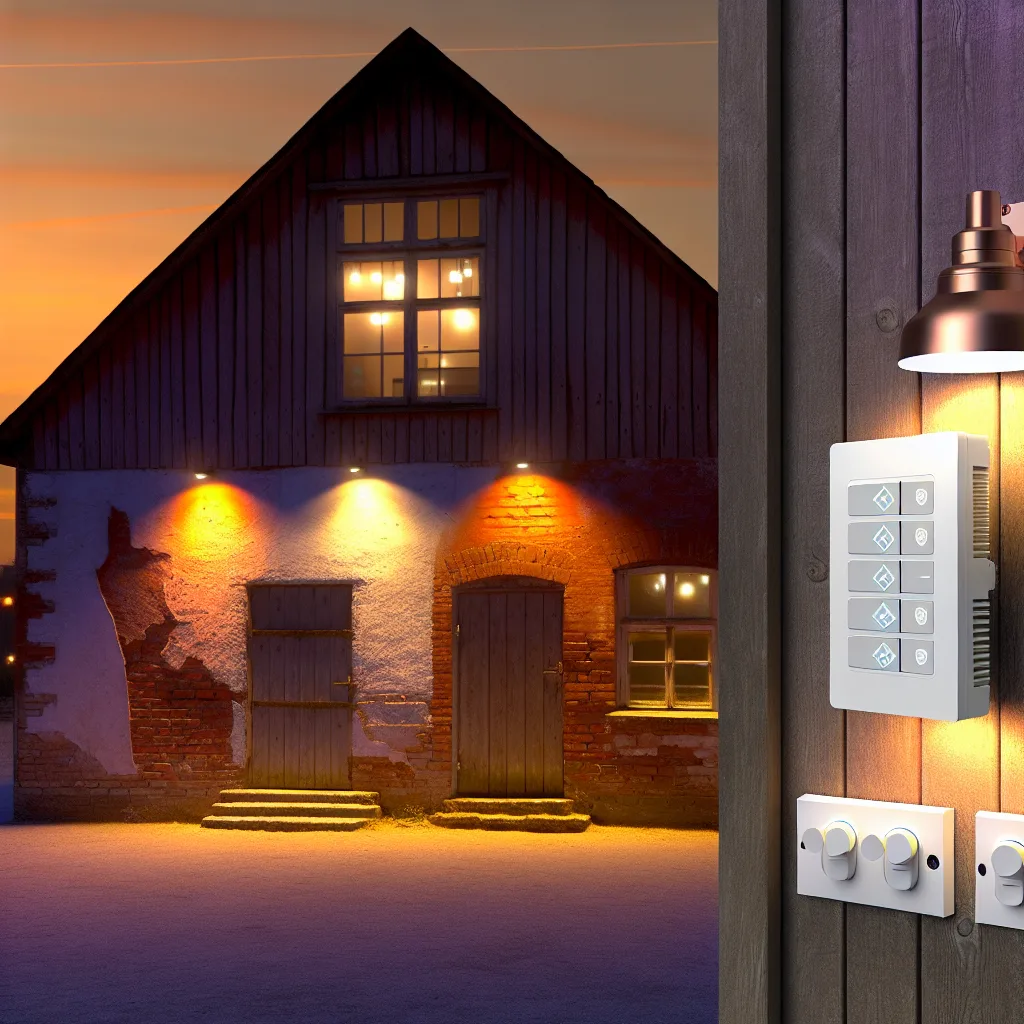How to set up multiple outdoor lights with Zigbee smart relays without rewiring your walls
If you’re like me and love the idea of smart home tech but have an older house with tricky wiring, you’re probably interested in how to use Zigbee light control for something straightforward—like turning 12 outdoor wall lights on and off without rewiring your entire home. That was exactly my dilemma, and here’s how I figured out a manageable solution.
What is Zigbee Light Control and Why It Matters?
Zigbee light control is a smart home technology that uses low-power wireless communication to manage devices like lights and switches. It’s popular because it’s reliable, doesn’t eat up Wi-Fi bandwidth, and supports devices from many brands. For outdoor lighting, especially when you want to avoid complex rewiring, using Zigbee smart relays can be a lifesaver.
Choosing the Right Smart Relay
I wanted to control twelve outdoor lights with minimal fuss. My solution was to buy a smart relay module designed to handle groups of lights without needing to rewire them to a traditional wall switch. The one I picked is compatible with brands like Moes, Sonoff, and Aqara. This brand compatibility matters since it affects what hubs and apps you can use.
For my test, I used a single Zigbee smart relay (you can check out examples like the one here Amazon Zigbee Relay). Later, I’ll expand to control all twelve outdoor wall lights.
Setting Up Group Control with Scene Controllers
I also wanted the ability to turn groups of lights on or off from wall switches. What I found is that these are often called scene controllers. They don’t directly switch wiring but send Zigbee commands to the relay to operate the lights.
I got two 3-switch scene controllers. Setting these up is about pairing them with your smart relay through a Zigbee hub. You basically teach the controller what commands to send—for instance, Switch 1 turns on group A, Switch 2 turns it off.
Do You Need a Hub or Bridge?
There’s a lot of talk about Zigbee hubs, bridges, and platforms like Home Assistant or Matter. For my setup, I had to pick a Zigbee hub compatible with my relay’s brand ecosystem (Moes, Sonoff, Aqara). Some hubs come integrated with Alexa or Google Home, which allowed me to consider voice control later.
If integrating with Google Home or Alexa isn’t essential for you, some relay controllers can be used standalone or with their own app, but a hub typically gives you more reliable control and integration.
Quick Steps To Get Your Setup Running
- Buy Zigbee smart relays compatible with your lights and brand ecosystem.
- Get scene controller switches to control groups of lights.
- Choose a compatible Zigbee hub or bridge (check manufacturer websites for compatibility).
- Pair the relay and the switches through the hub’s app.
- Test your groups to confirm they respond correctly.
- Optionally, connect your hub to Google Home for voice control.
A Few Tips From My Experience
- Check compatibility before buying. Not all relays work with every hub.
- Start small with one relay and one group before expanding.
- Use manufacturer support guides and forums for troubleshooting.
- Keep your firmware and apps updated for best performance.
More Resources
If you want to learn more about Zigbee technology, the Zigbee Alliance offers detailed info. For more on smart home hubs and integrations, check out Home Assistant’s website or Amazon’s product reviews for the latest devices.
Using Zigbee light control made managing my outdoor lights easier without tearing up walls or rewiring everything. With a bit of planning, you can have smart lighting running seamlessly in your older home too.
